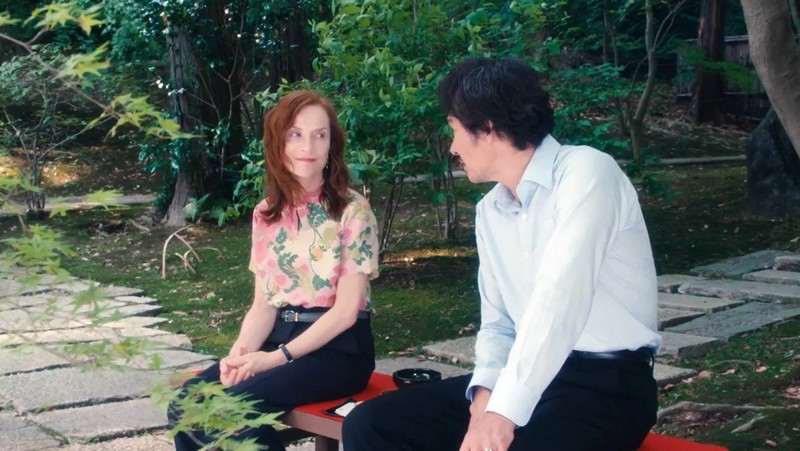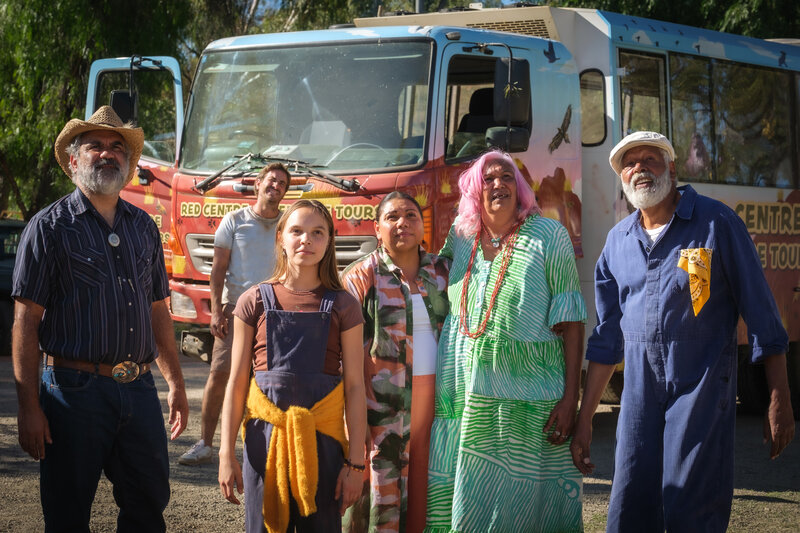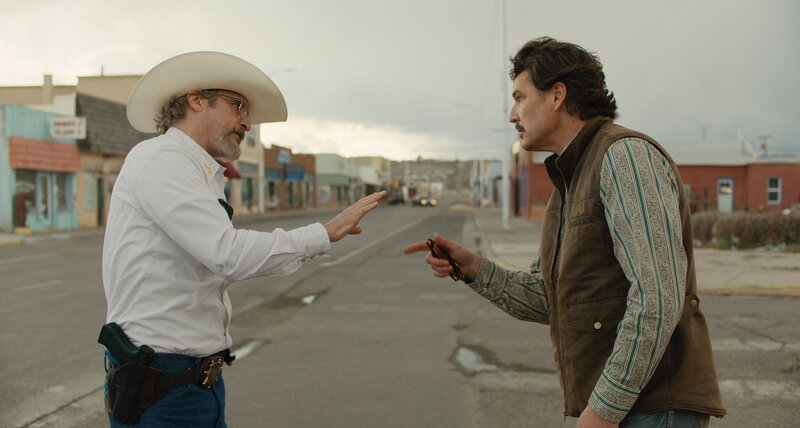The artistic links between France and Japan run (perhaps surprisingly) deep. The French Impressionists were obsessed with Japanese woodblock prints, for example. In the 1950s, while French filmmakers and audiences embraced Japanese cinema, with Akira Kurosawa’s Rashomon (1950) and Kinugasa Teinosuke’s Gate of Hell (1954) featured at the Cannes Film Festival; while Alain Resnais’ seminal anti-war film Hiroshima, Mon Amour (1954) was set and filmed in Japan. Now writer-director Élise Girard walks in Renais’ footsteps with Sidonie in Japan.

This often intriguing but also often oblique film uses the familiar trope of the foreigner adrift in a strange land (Lost in Translation, anyone?). Girard’s script tries to break free of the obvious by introducing a supernatural element. This works for a while, but the film’s uneven pacing and some rather odd choices towards the end rob it of some of its intended impact.
The Sidonie of the title is Sidonie Perceval (Isabelle Huppert), a writer. In the opening scenes, she takes what seems to be an impulsive journey from France to Osaka. It turns out though that the trip has been organised by her Japanese publisher Kenzo Mizoguchi (Tsuyoshi Ihara) to promote a new edition of her most popular novel. It turns out that Sidonie hasn’t written anything for some time and has become something of a recluse. But Kenzo has somehow convinced her to take the long journey to Asia. Kenzo – with typical Japanese efficiency – has planned the details of the tour meticulously. Although Sidonie struggles with unfamiliar Japanese social mores, she slowly comes to recognise that, away from her life in France, she has an odd kind of freedom. On a sightseeing interlude between press conferences, Kenzo mentions that Japan is “the land of ghosts”. Soon enough, his description becomes stunningly real, as the ghost of Sidonie’s late husband Antoine (August Diehl) joins her on her trip around the country.
I found the first half of Sidonie in Japan a delightful, if gentle, story of love and loss. The main issue is that Girard isn’t able to sustain the mood or the narrative even at the film’s modest 95 minutes running time. The second half meanders along providing more of the same. Even the “big” twist at the end isn’t much of a surprise and is basically the only place the film could go. So rather than being emotionally resonant in the way of say David Lowery’s A Ghost Story, it falls rather flat.
That said, the movie is far from a total loss. High on the list of its pleasures is Céline Bozon’s gorgeous cinematography, spotlighting many of Japan’s great attractions, including the Great Buddha at Nara (the film was shot during the pandemic, so the locations are eerily free of tourists). The visuals are complemented by an equally beautiful score by Gérard Massini, bolstered by music from Riyuichi Sakamoto and J. S. Bach, among others. You even find yourself booking flights after seeing this one.
This is the second film starring Isabelle Huppert to be released here in a few weeks (after The Sitting Duck) – and once more she doesn’t disappoint. Undoubtedly now one of cinema’s greatest actors, Huppert effortlessly brings Sidonie to life. While this is hardly the most challenging role of her career, Huppert is never less than entrancing. As the men in her life, both Tsuyoshi Ihara (13 Assassins) and August Diehl (The King’s Man) are a bit wan. That probably has something to do with the script, which doesn’t give them a lot of character development.
For all its flaws, Sidonie in Japan is pleasant enough diversion. This is a film of small scope and limited ambition. And while Girard doesn’t hit all the marks, this is still a nice little bijou – even if it’s not a real gem.
David Edwards
Other reviews you might enjoy:

David Edwards is the former editor of The Blurb and a contributor on film and television





